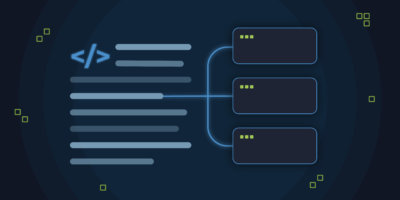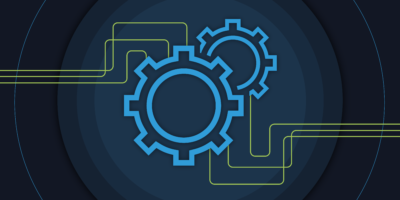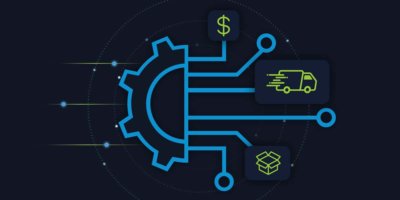Organizations are looking for ways to incorporate CI/CD practices into their network automation and orchestration initiatives. By integrating both CI/CD with network automation, teams are gaining greater velocity and improving delivery. I’ve recently shared some insights on how to integrate the two together for a common pipeline but I think it’s important to also share some real-world examples in how this can be implemented.
One of the most prominent examples we’re seeing is how a common pipeline can be used to create and deploy new applications. In today’s always on world, organizations are building and rolling out new applications at a higher frequency than ever, but Application Developers and Network Engineers each have their own processes in place, which can delay the time it takes get an application out the door. However, when you integrate CI/CD pipelines with network automation and orchestration, you can eliminate the network change bottleneck.
Deploy Application Changes to the Network in Seconds with a Common Pipeline
By integrating network automation with an application CI/CD pipeline, teams can eliminate the time to perform network changes that enable secure access between the application and an in-house sales database.
In a recent webinar, we demonstrated an example where an application pipeline has been extended to include a series of network changes that execute as part of the application deployment process. In this example, the pipeline creator incorporated stages in the pipeline for cloud network infrastructure creation and for network connectivity service request. During the code promotion, the pipeline executes calls via webhooks to the Itential Automation Platform for the infrastructure and networking stages. This enables the developers to easily consume network services instead of having to rely on the old method of “create ticket and wait.”
In this pipeline, the networking is created in seconds, not days or weeks. The benefits for the application developer are clear – they can accelerate their application deployment times significantly and reduce the time to push new applications to the network. At the same time, the network team benefits by moving from a manual process to a model where they can expose their services, automatically, as a service, to their internal customers.
We’ve seen organizations use similar approaches to integrate CI/CD pipelines with network automation assets. The benefits have been significant, with speed being the primary benefit for most developers. By incorporating network automation within their pipeline, application changes can be deployed to the network in seconds instead of the multiple days/weeks required for manual network changes.
The Benefits of Integrating CI/CD Pipelines with Network Automation & Orchestration
While I believe speed will remain the primary benefit of integrating network automation into CI/CD pipelines, there are other long-term benefits that should be considered for those planning to incorporate network automation into their pipelines.
For example – the ability to use automation to perform activities such as applying security policies and rules can have a significant positive impact on overall security. In the manual world, processes are limited, in that engineers will typically focus on a minimum viable solution – what is the shortest path to an acceptable solution. Steps which may be useful, but are not mandatory, may be postponed or avoided altogether. What we have seen in environments that utilize automation is the trend toward maximizing the benefits (reduced time, improved accuracy) to redesign their security implementation guidelines to not only perform the minimum activities, but to incorporate steps that would not be feasible in a manual model. This would be steps such as extensive automated testing and making calls to network systems (such as topology, security, inventory) to further enrich the automation’s ability not only to make the security changes, but to thoroughly test the network components involved in the change to improve overall security.
Looking forward, we anticipate that teams will become increasingly sophisticated in the ways they consume network automation and orchestration services as part of their software pipelines. To learn more about these new techniques, check out a recent webinar where we demoed this very use case, “How to Create & Deploy New Applications by Integrating CI/CD with Network Changes Processes.”





